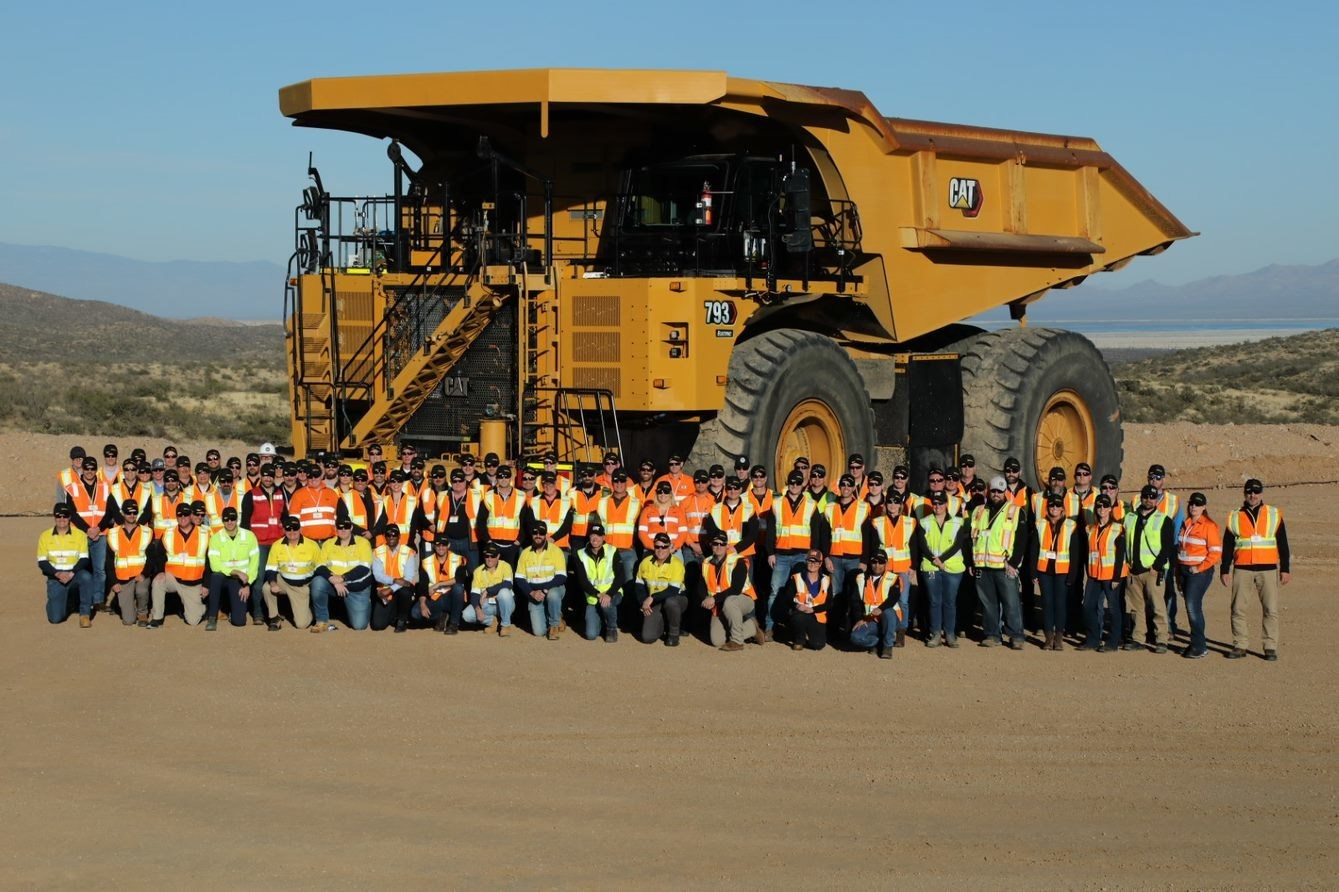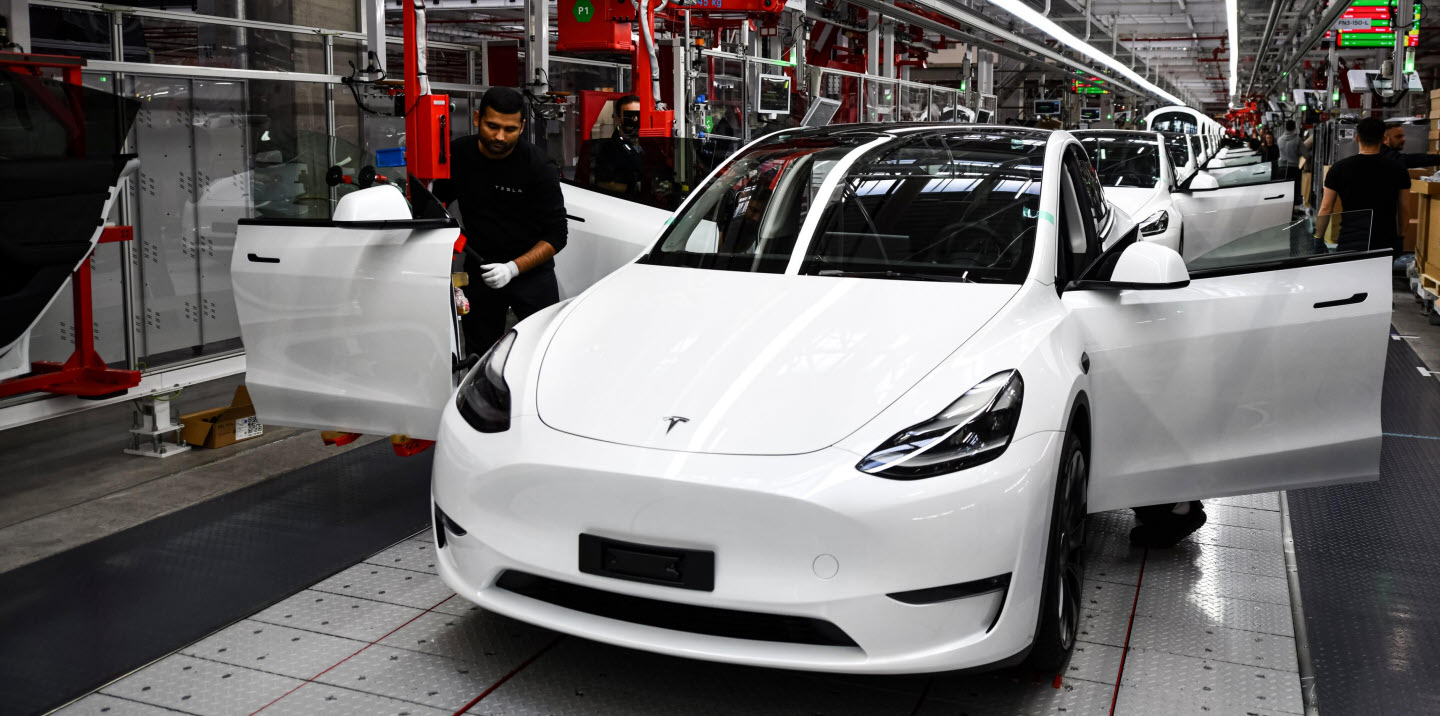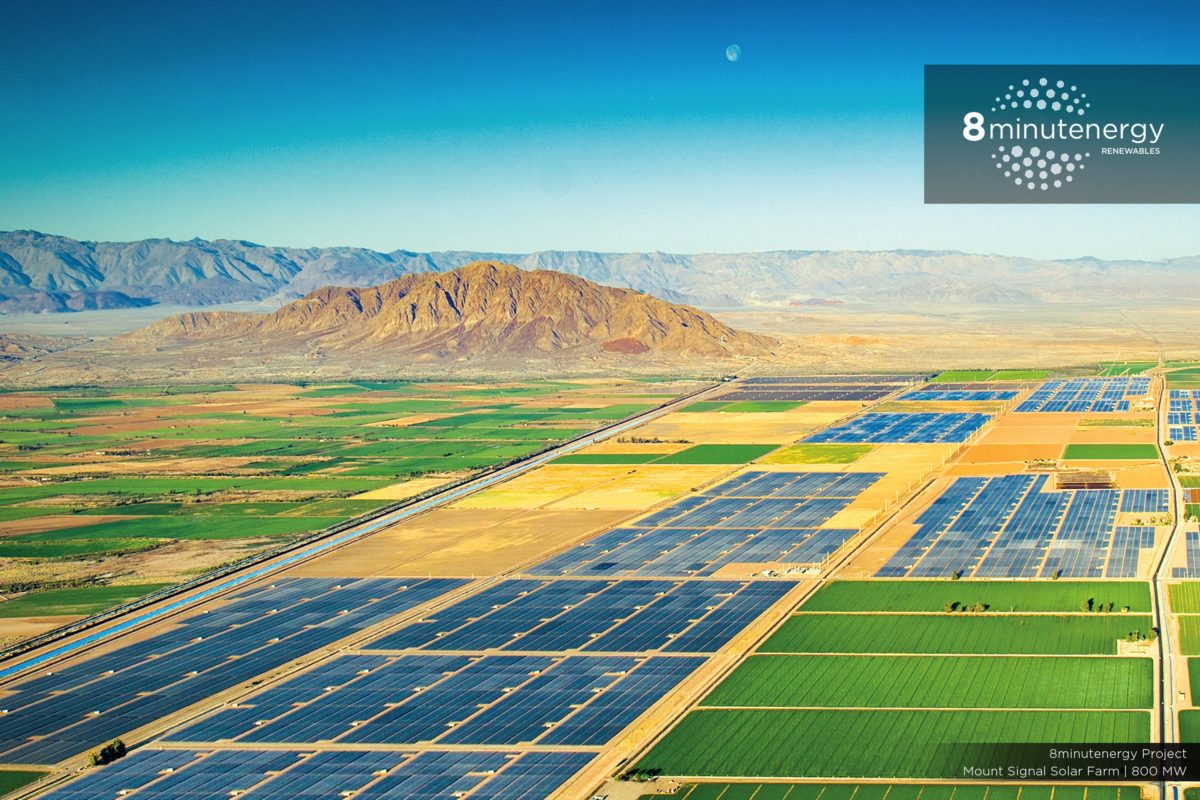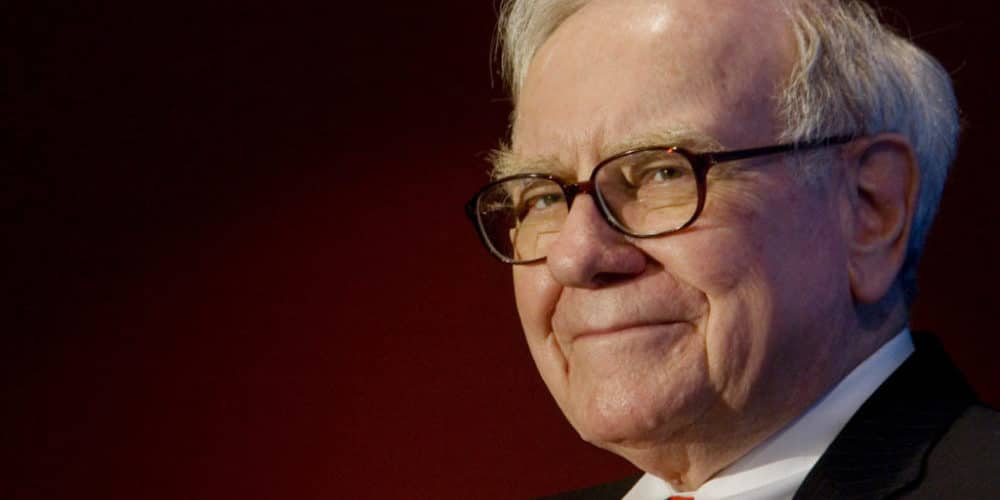Your post is informing and a great segue into a larger discussion that absolutely quantifies the immense need for the Tesla VPP, and that discussion sheds a little more light on one more reason why states are slow to adopt VPP, and why one Whale investor in particular is slow to invest in Tesla. Casting a wider net your response could easily read:
".40/kWh
is high. Here in California, our peak pricing
is unnecessarily expensive at around .58/kWh"
California could/should have MUCH lower energy prices already, and was moving in that direction quickly under the previous administration. But PG&E protectionism and intentionally slowing mass adoption of solar & a distributed grid by the current CA administration combined with some unusually large outside influences IMO has prevented that. In a time frame that could greatly accelerate any current 'goals', CA alone could produce enough power with solar, wind, and storage to meet all of its needs and export surplus power to the Pacific Northwest on a grid that many of us Electrical Rate Payers paid to have upsized after the Enron crisis. The goal of upsizing after the Enron crash was to allow excess NW hydropower to be sent to CA at a time that Portland and Seattle areas had a much lower population (surplus hydroelectricity on the grid). And at the time, those planning on making more money from NW hydro never conceived that the day would come so quickly when the NW needed additional power after they had created a grid capable of carrying that power from CA and the Southwest. Oh, the irony...............that Grid managers didn't plan for the future...........and they didn't even stop to think that electricity can be sent either direction on the same grid. And yet here we are, at a time when CA and the Southwest could be ramping to meet their needs and to allow Oregon and Washington to reduce/eliminate the use of PacifiCorp Natural Gas power by importing solar and wind while more efficiently utilizing their hydroelectric capacity. The game is rigged heavily IMO. There is no reason that CA is paying $0.58/kWh when rural Idaho with the fewest customers per line-mile in America is paying $0.10 on the same connected grid, and parts of Central WA are paying half that amount/kWh.
Its important to remember that it was the current Gov of CA that recommended using Utah Natural Gas power be used to supplement the CA grid after the now-famous $0.019/kWh solar project was awarded outside LA.
The city's municipal utility is readying a 25-year power purchase agreement for 400 MWac of solar power at 1.997¢/kWh along with electricity from 200 MW / 800 MWh of energy storage at a 1.3¢/kWh adder, for an aggregate price of 3.297¢/kWh.

pv-magazine-usa.com
And let's remember who has a big stake in Utah's power grid:
Buffett grabs Utah's power
And it was Gov Jay Inslee of WA that wrote an open letter to the San Francisco Chronical essentially telling CA not to disrupt the Western Grid by putting too much cheap solar on it because that would disrupt profitability for NW hydro generators (that's my interpretation having more than a little insight to Northwest Federal hydro generation costs and operations, and I found this particularly disturbing):
Op-Ed in San Francisco Chronicle: California should collaborate on power grid As governor of Washington state, I’ve traveled around the country and around the world and have been encouraged at the momentum that’s building for climate action and the recognition of the West Coast states as climate lea

www.governor.wa.gov
As governor of Washington state, I’ve traveled around the country and around the world...

www.sfchronicle.com
And when NW hydro and wind is insufficient to supply all of the NW's needs, back-up and peaker-power comes primarily from Natural Gas despite the NW being connected to the CA and Southwest grid which offers massive solar potential. And let's remember who has a big stake in Pacific Northwest Natural Gas generation:
And even if you weren't already aware from all the exposure
@TheTalkingMule had posted in the past, you don't have to look to far to see who is not a fan of residents and small businesses being properly compensated for the solar energy they can put on the grid:
Rocky Mountain Power has proposed an almost 80 percent cut to the rate paid to net metered solar electricity, dropping it from the current 9.2¢/kWh to a rough average of about 2.0¢/kWh.

pv-magazine-usa.com
Which is of course amplified in Arizona, where the state could meet all of its energy shortcomings and much of its water supply shortcomings by simply putting solar panels over the Colorado River aqueduct to Phoenix - the Central Arizona project. I discussed that briefly in a previous post -
Tesla, TSLA & the Investment World: the Perpetual Investors' Roundtable
But of course that would more rapidly disrupt AZ's primary generation which is currently coal, and is produced at coal plants owned by you know who (WB) from coal produced by your know who (WB) and delivered in trains owned by you know who (WB).
Berkshire Hathaway directors oppose disclosing the company's climate risks, even as its subsidiaries remain heavily invested in fossil fuels.

www.energyandpolicy.org
"Berkshire Hathaway Energy is the largest U.S. power company without a net zero goal"
And of course let's not forget about the proposed hydrogen refueling system for CA and the Pacific NW that goes back to the previous CA administration, and has been a pet project of Mr. Gates for some time.
The original vision of the Green New Deal presented a path towards clean, green energy that would be even cheaper than Central WA energy costs across the entire US, all connected on the same grid with wide-spread distributed grid implementation - and it did so by laying out a TVA-type vision that included distributed grid production and storage by residential and commercial properties. And it gave those generators adequate compensation for their investments in that production. The new IRA will likely create a similar amount of power........maybe more? And it will do so with the same owners of today's grid owning the grid of tomorrow now. And they will do so without the need to adequately compensate small residential and commercial projects for their energy produced. And it will do so with loans for those projects being at the highest interest rates we have seen in a long time.
There is only one way come out on top as a small residential or commercial solar project owner that I am aware of...........and that is to participate in the Tesla VPP. IMO it will be the only way we see energy prices falling below those unnecessarily high levels that
@Cosmacelf mentioned. The Tesla VPP will become adopted almost everywhere eventually. And those willing to purchase and install the latest Powerwalls with their projects will then benefit far beyond anyone installing an Enphase, or LG, or other battery system if they remain connected to the grid IMO. Protectionism isn't Red or Blue, and its everywhere. Elon and crew are doing more than just making great products and making the planet more sustainable. They are challenging the current Paradigm at the highest levels. And Tesla must win if we are all to win.











